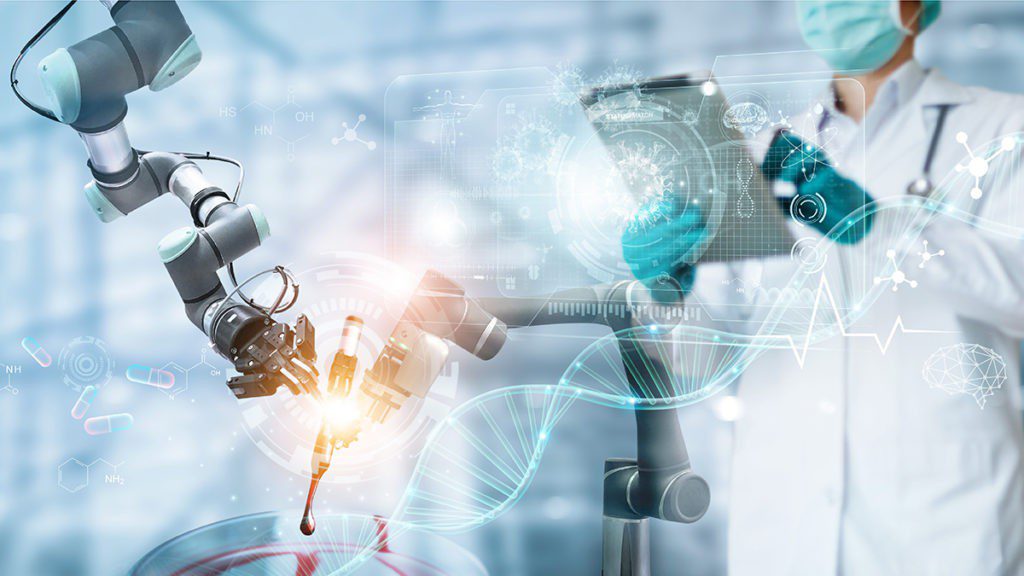
Robots are one group of workers on the frontline that have managed well though the pandemic. They are now recognised as an extremely valuable technology in the attempt to keep COVID-19 under control and look after those infected with the virus. These include things like the decontamination of hospitals and public spaces or delivering goods and services to patients.
The World Economic Forum reckons Covid-19 has been a robotic game changer and has released an article which explores the many duties robots are now being used for in the current circumstances: they can take patient temperatures and measure patient blood pressure and oxygen saturation. They are able to travel around a hospital and zap the virus with ultraviolet light. They may be sent out to deliver food to people quarantined in large hotels or, to send blood samples to labs.
They may also be enlisted in policing roles as drones to look out for stay-at-home violations, and they may automate the all-important public testing regimes that are supposed to support the track and trace phase in fighting the virus.
As a result of this, the forum thinks robots and their creators are carving out a valuable and permanent role for themselves as a preventative measure against future health crises.
Robotics were already on a growth spurt before the pandemic. ABI Research reports that last year, this area of technology won significant dollops of investment – a large amount of this was spent on acquisitions ($17.8 billion) with a further $29 billion in straight investment.
ABI states that most of this funding was steered towards autonomous passenger vehicles (APV’s), surgical robotics, and warehouse automation, with substantial growth for field robotics and drone services.
“Despite not having commercialized their technologies, autonomous passenger vehicle developers like Waymo, Cruise, Zoox and company have continued to amass enormous funding from the corporate and VC world,” said Rian Whitton, senior analyst at ABI Research. “Surgical robots also received huge funding, and have already been commercialized to a considerable extent, with Intuitive Surgical selling over 5,000 Da Vinci robot systems to date.”
The WEF points out that each disaster is different, but the experience of using robots for the COVID-19 pandemic, the article authors say, “presents an opportunity to finally learn three lessons documented over the past 20 years. One important lesson is that during a disaster, robots do not replace people. They either perform tasks that a person could not do or do safely, or take on tasks that free up responders to handle the increased workload.”
It mentions that the majority of robots being used to treat COVID-19 patients have not replaced health care professionals but are tele-operated, enabling health care workers to apply their expertise and compassion to sick and isolated patients remotely.
The authors say that given the ebb and flow of interest in robots for disaster relief, the best robots for a disaster are the robots, like those in these examples, which already exist in healthcare and public safety sectors.
The robots being designed now “to allow healthcare workers to remotely take blood samples and perform mouth swabs” probably won’t make a difference during this pandemic but might come into their own during the next one “if the momentum for robotics research continues.”